Season Review: Disenchantment Season Two: Part Three
Overview:
Disenchantment depicts the comings and goings of Dreamland, a kingdom from once upon a time that finds itself a constant lightning rod for fantasy-based hijinks and curious visitors of both a helpful and dangerous nature. Each season of Disenchantment centers around Bean’s rebellious ways and how her need to forge her own path independently of her father, King Zog, is fundamental for her growth as a person. Bean has made important allies with Elfo and Luci, two other social rejects that go against the grain, and whether it’s intentional or not the party slowly reforms Dreamland and its neighboring communities in a productive way. Disenchantment’s third season pushes both Bean and Dreamland the furthest out of their comfort zones yet and these new episodes are a worthy addition to Disenchantment’s growing story.
Our Take:
Disenchantment is a series that’s inherently interested in growth, whether it’s with specific characters or the archaic stereotypes that define the series’ time period. That being said, season 3 of Disenchantment is an especially transitory year for the show that attempts to not lean so hard on old customs and it spends the majority of its time outside of Dreamland and examining other nations. This degree of growth is healthy for a series, especially an animated series, but it curiously also becomes one of Disenchantment’s greatest hurdles. Disenchantment is a serious comedy, but not in the sense that it’s melodramatic or intense like BoJack Horseman or Moral Orel. It’s a comedy that’s serious in respect to how the adventure’s larger narrative and serialization often seems more important than anything else in the series.
Disenchantment is one of several shows on Netflix that really play into the binge format and creates content that seems like it’s supposed to be watched back-to-back-to-back ad nauseum. Disenchantment feels like one big story that’s broken up into tiny pieces and it’s part of the reason that the show operates with the chapter format that logs how this is all a part of one epic fantasy tale. It’s an approach that was beneficial and different for a lot of Netflix’s earlier original programming, but it honestly hurts a show that functions with Matt Groening and Josh Weinstein’s sense of humor.
People appreciate The Simpsons because of its capacity to deliver jokes and how it’s not encumbered with having to jump through so many hopes that relate to plot. At the same time, the most powerful episodes of Futurama are the more plot-heavy ones that connect to the series’ larger mythology, but none of those episodes would mean anything if every installment is part of a serialized storyline. It diminishes drama by making it ever-present and while it’s fantastic to see larger narratives of this nature told in animation and by these creative people, it shouldn’t have to necessarily come at the cost of pure enjoyment.
It’s a slippery slope and even though it’s absolutely satisfying to see Disenchantment’s characters continue to grow and for their world to expand in big ways, there’s still a better balance to be found with this show. Futurama, Mission Hill, or The Simpsons could get super smart or esoteric with their storylines, but they’d still always make sure that the comedy was their priority.
Fortunately, Disenchantment’s third season brings Ken Keeler into the writers’ room, who’s responsible for some of the very best and more influential episodes of Futurama (including two of their exceptional series finales, “The Devil’s Hands Are Idle Playthings” and “Meanwhile). Keeler helps the season’s structure, but the episodes still feel more serialized rather than stories that can function on their own, which is a detriment to Disenchantment’s comedy since it sometimes gets so bogged down in plotting and a binge mentality that it doesn’t give individual stories enough attention. There’s more concern placed on the strength and humor of certain narrative turns. It’s a strategy that’s difficult to pull off in a series that’s supposed to primarily be a comedy and Disenchantment still struggles in this area.
The different directions that Bean gets pulled in, which will ultimately have repercussions on the entirety of Dreamland, becomes the overall focus of these new episodes. Her journey to find peace with her estranged mother, Dagmar, comes at the perfect time just after Bean has made significant progress regarding her relationship with her father. Disenchantment still feels very Shakespearean in nature when it comes to Bean’s family and Dreamland’s monarchy, which is far from a deterrent. It’s both fulfilling and nerve-wracking to watch Bean and Dagmar grow closer. Their relationship remains a learning process and a cathartic release through the course of the season, but it’d make a greater overall impact if it took longer for Bean to forgive her mother.
It’s equally exciting for Bean to question other aspects of her life outside of her family and kingdom, which is only natural after all of the changes that she’s experienced. Bean experiments with her sexuality and other aspects that she assumed define her. This yields helpful material for Bean that results in some of the most rewarding material from this season. Bean’s transformations become representative of major paradigm shifts in Dreamland, which are healthy for Disenchantment, but hopefully won’t be reversed after an episode or two, like what’s been done in the past to some degree with earlier character growth.
Season 3 of Disenchantment also has more of a tendency to become “The Bean Show” than the previous episodes have. The series remains an ensemble, but it’s a little surprising to see how much Elfo and Luci—especially Luci—get sidelined. Neither of them gets a ton to do this season and they feel more like extensions to Bean a lot of the time. When Elfo is given material it primarily involves odd romances for the character (including one with a boat’s steering wheel). Elfo’s desire to both give and receive love has always been an important aspect of his character, but he’s also a lot more than that, too. It’s easy to forget that when watching these episodes.
Some of the best material from this season relates to how Disenchantment extends the boundaries of its universe a little more and lets in new, exciting creations. This season spends time in Hell, an enchanted forest and its corresponding Fairyland, as well as a return to the steampunk-inspired Steamland. Steamland contains some of the better action set pieces and ideas from this season and it truly makes Disenchantment’s universe feel more diverse. It’s an effective incorporation of modernity into this fantasy setting and its skewed take on modern society plays out like rudimentary science fiction.
Dreamland itself also experiences several changes, largely thanks to Derek’s fluid position throughout these episodes. The arbitrary laws that he enacts provide some mild commentary on the pointlessness of monarchy and the antiquated nature of laws and traditions, but it never gets too critical on the subject. Derek does slowly, but surely, grow into a competent leader and it’s satisfying to see him against all odds rise to the occasion and achieve his natural birthright. Derek’s power is short-lived, but it does trigger some new malaise and his need for fulfillment to come from more unconventional places. Derek also experiences a pivotal event this season that arguably helps him mature more than most of the other characters.
In addition to Disenchantment’s commendable character work, the series’ animation is perfectly serviceable and consistent with Groening’s other projects. No one is expecting Midnight Gospel level artistry when they watch this series, but there are still a few sequences that try to do something bigger with the animation. The crystals in the Trog caves are beautifully handled and all of the colors and reflections help make profound conversations visually pop and resonate on an aesthetic level as well as an emotional one. There are also several atypical drug sequences that are particularly gorgeous and bring out a more ambitious and fearless side to Disenchantment’s visuals.
Disenchantment remains a fun series with well-developed characters and this latest season exhibits more confidence and does a better job with the new and diverse worlds that it visits. Season three also concludes on a cliffhanger that threatens to change the status quo for practically every character, which will surely start off the next season on an exciting note. It remains to be seen how many of these sweeping changes will remain permanent and aren’t just a temporary distraction. It’d do Disenchantment some good to not reverse these decisions and see where these new paths take the show and characters. These changes all point towards improvement on Disenchantment’s part, but the series still hasn’t come into its own in the same way that Futurama or The Simpsons had after getting 30 episodes under their belt. That’s not to say that it’s impossible, but it looks like Disenchantment has settled into a very competent animated series, but one that might not necessarily break conventions and become mandatory viewing in the same way that the other works of these characters has been.
Bring on more Trogs!
All ten episodes of ‘Disenchantment’s’ third season premiere January 15th, only on Netflix


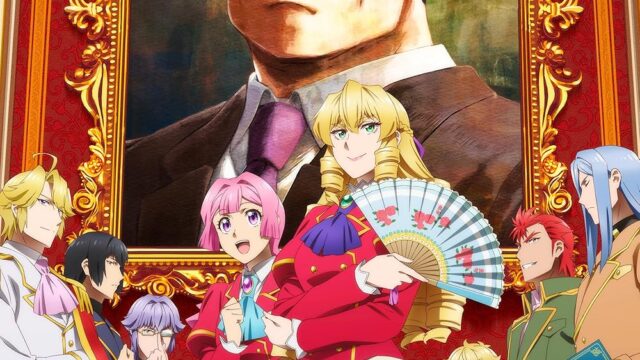

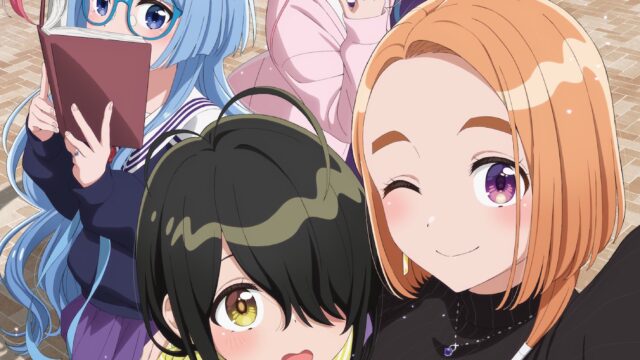
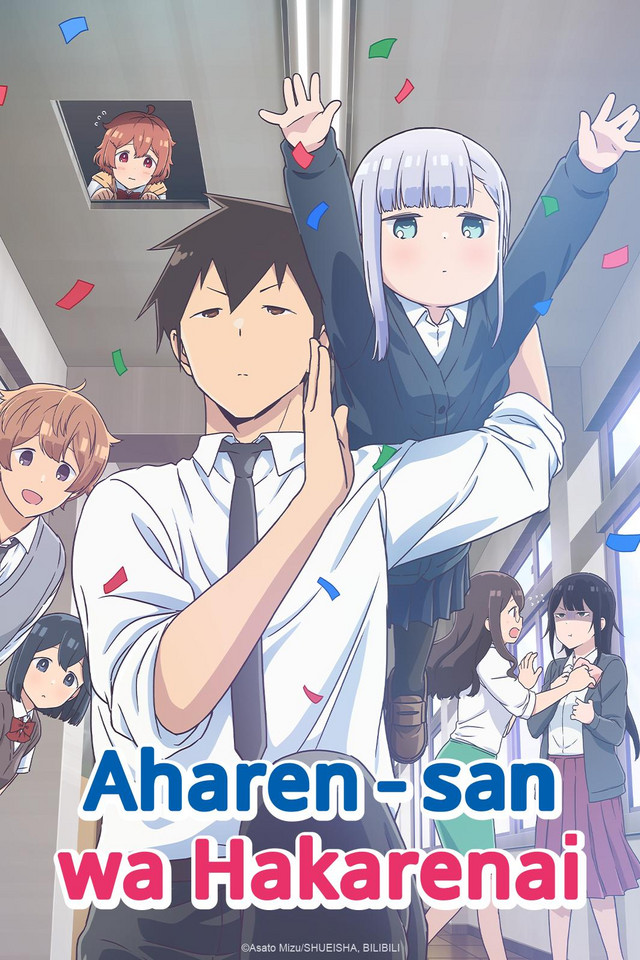












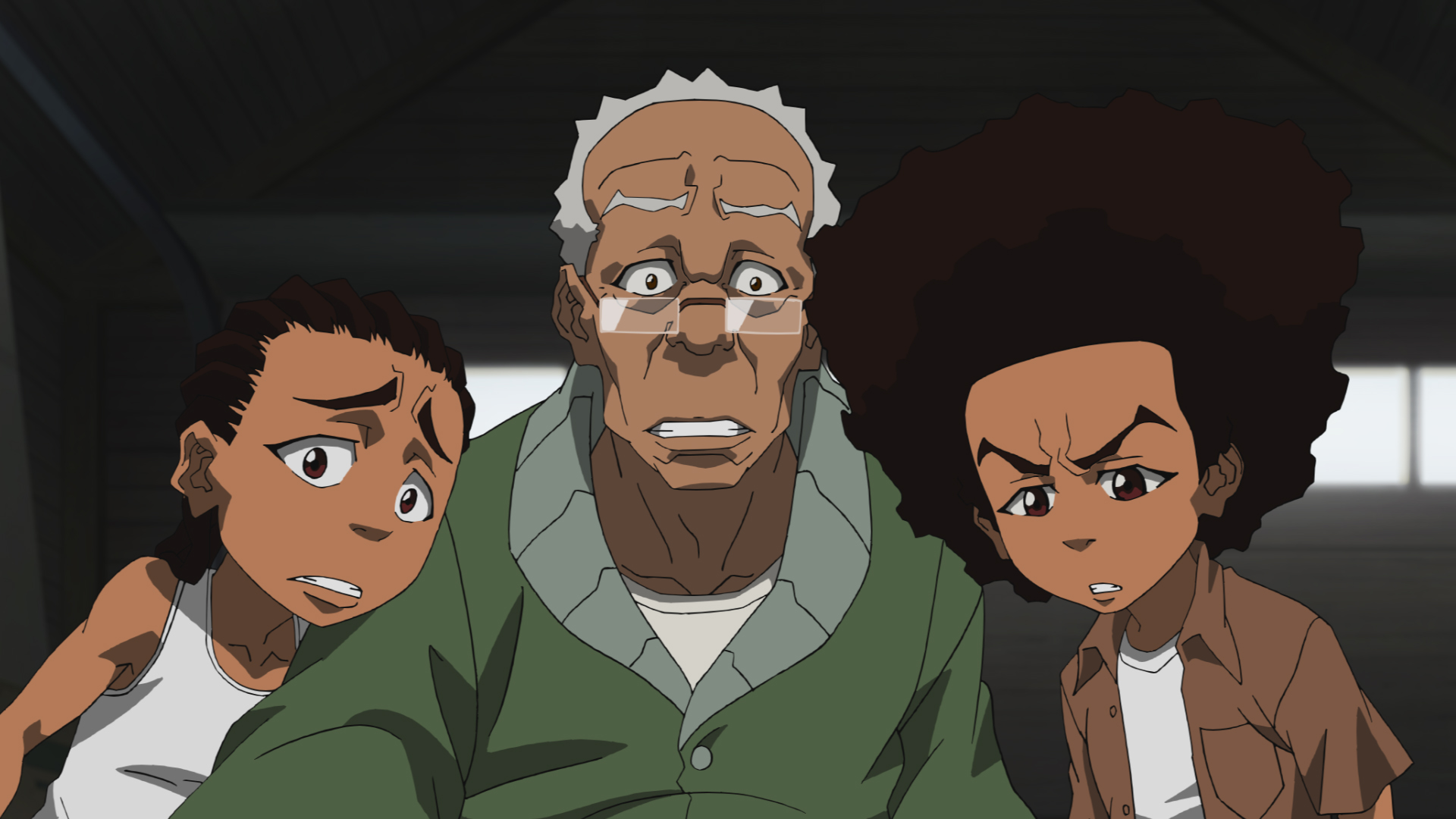


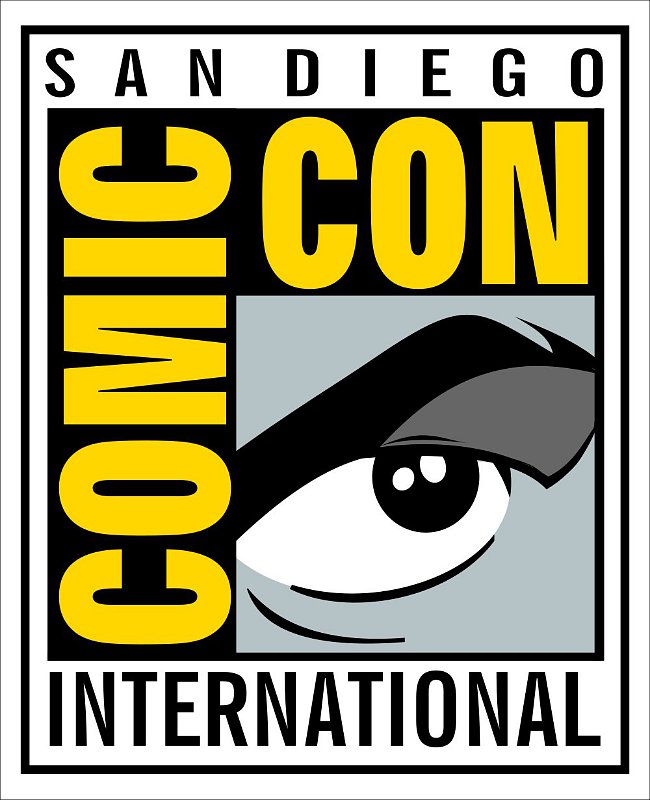



"There are also other characters that come and go (also owned by the Warner Bros. Discovery conglomerate media company)."
Huh. Is that just referring to other characters from the show itself, or is this implying that the new season is going to have cameos from other WBD IPs